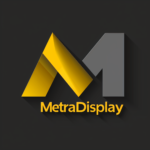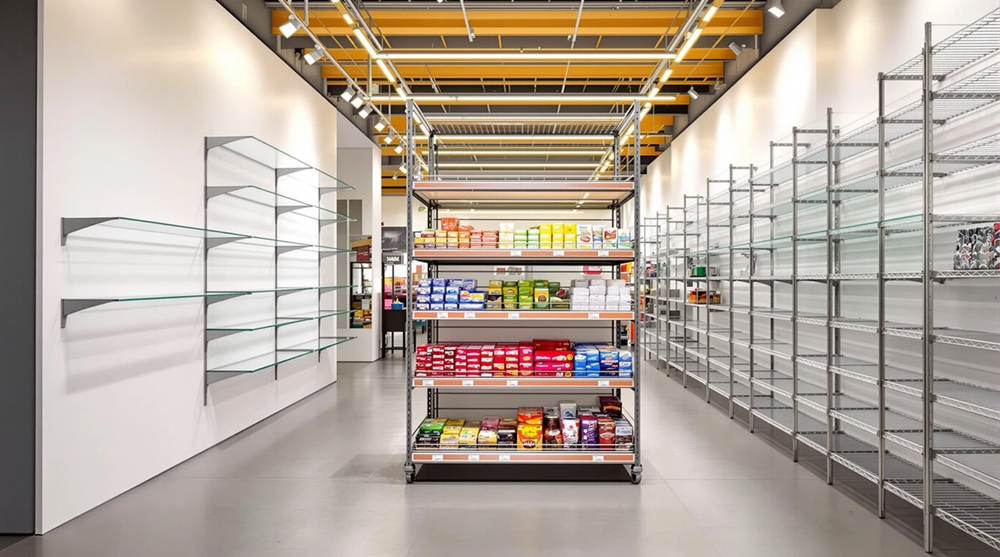
Types of Heavy-Duty Display Racks
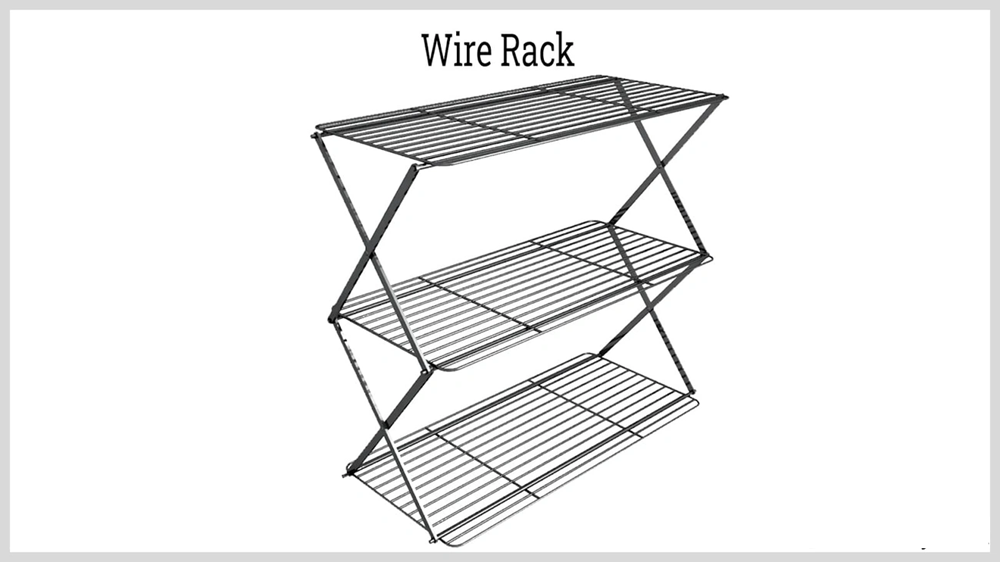
Heavy-duty display racks come in many designs that meet different retail needs. Each type has unique features that maximize merchandise visibility and ensure structural integrity. Retailers can select the most suitable fixtures by understanding these distinct varieties.
Wall-mounted display racks
Wall-mounted display racks turn vertical wall space into valuable merchandising areas. These fixtures work great for stores with limited floor space. The brackets attach directly to walls and can support up to 450 pounds per shelf in some heavy-duty models. Empty wall areas quickly become organized storage centers with these space-saving designs.
These racks feature adjustable heights and custom shelf options like wood, glass, or metal. You’ll need proper wall mounting with parallel holes that match the bracket diameter. Quality wall-mounted systems use vertical reinforcing ribs to improve load-bearing capacity without affecting their looks.
Free-standing merchandising racks
Free-standing merchandising racks give you complete flexibility with store layouts. These standalone units can go anywhere on the sales floor and move easily when needed. Most models have adjustable shelves that work at different heights or angles to fit merchandise of various sizes.
Heavy-duty versions support up to 400 pounds per shelf and usually have upturned front lips to keep items secure. Some models include casters that make movement easy during store resets or special promotions. These versatile fixtures work well in retail environments of all types, from clothing boutiques to supermarkets.
Retail wire display racks
Retail wire display racks combine excellent visibility and airflow with structural strength. Light passes through their open design and reduces shadows, which improves product visibility from all angles. The wire construction keeps dust away and maintains proper air circulation around merchandise.
Food-focused retail environments benefit greatly from these racks because they help keep products fresh. Quality models use chrome-plated or powder-coated finish that resists corrosion and last longer, even in cooler or freezer spaces.
Countertop and end cap racks
Countertop and end cap racks are great promotional tools that highlight featured products or special offers. End caps, also called multi-vendor end caps (MVEs), display items and drive sales effectively. You’ll find three vertical sections in these fixtures: top for signage, middle for featured products, and bottom for extra stock.
These specialized displays work especially well for cross-merchandising – placing related items together, like soda specials in chip aisles. Small countertop versions near checkout areas encourage impulse buys when customers are ready to purchase.
How to Choose the Right Manufacturer
Picking the right heavy-duty display rack manufacturer can make or break your retail success. A good partner delivers sturdy fixtures and boosts your brand’s image with quality work. Let’s break down what you need to look for.
Check experience and reputation
60+ year old manufacturers usually do better work than new players in the field. This kind of background shows they’ve fine-tuned their processes and know how to solve problems. The best display rack manufacturers belong to groups like the Material Handling Institute, Rack Manufacturers Institute, and Storage Equipment Manufacturers Association.
You should get into their manufacturing capabilities. The best companies run big production facilities—some bigger than 10,000 square meters—to handle large projects smoothly. It also helps to check if they have the right welding and fabrication certifications, which shows their steadfast dedication to quality.
Evaluate material and build quality
The best manufacturers use commercial-grade materials like Q235 and Q195 steel, which are known for great weldability and strength. Surface treatments play a big role in how long the racks last and how they look. You can choose from galvanizing, chrome plating, powder coating, or thermal transfer printing.
Before you decide, ask about their testing methods. Good companies test how much weight their products can hold and push load-carrying parts to the breaking point. You should also ask about specific durability features. Quality heavy-duty racks usually come with reinforcements and offset designs that give them extra stability in tough environments.
Look for customization options
Good manufacturers give detailed design consultation services, with CAD drawings and special sessions with design experts. The best partners spend time learning about your marketing goals and target audience before they start designing. They should arrange everything to match your brand’s identity, not just adjust the size.
Most 60+ year old manufacturers let you test prototypes before full production starts. This gives you a chance to see how well they work and how good they look in your store before ordering more.
Review client feedback and case studies
Customer feedback tells you a lot about how reliable a manufacturer is. Look for specific comments like: “We’ve purchased truckloads of pallet rack from Warehouse Rack & Shelf over the years, and we’ve always been satisfied with the quality and the price”. Before-and-after case studies show how display solutions affect sales and customer involvement.
Get references from businesses like yours—you’ll learn exactly how the manufacturer performs in your retail area. Real success stories with numbers like “Increased impulse purchases by 40%” show real-life results clearly.
Planning Your Store Layout with Display Racks
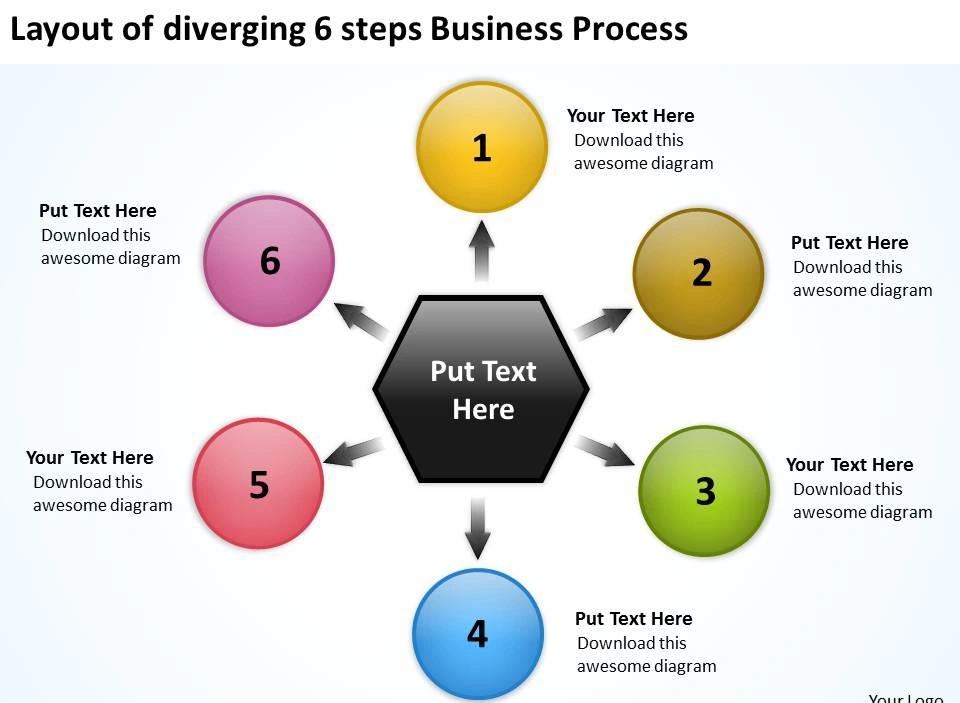
Strategic placement of display racks in your store layout creates an engaging shopping environment that boosts sales. A well-laid-out floor plan takes into account how customers naturally traverse retail spaces and positions merchandise to match these patterns.
Understand customer movement patterns
Customers show predictable behaviors in retail environments. Research reveals that 90% of customers instinctively turn right as they enter a store. They move in a counterclockwise direction through the space. The first 5-15 feet inside your entrance acts as a “decompression zone” where customers shift from outside to shopping mode. This means promotional displays right at entrances often go unnoticed.
Use display racks to guide traffic flow
Heavy-duty display racks act as natural barriers that direct customer movement. Strategic arrangement of merchandise display racks creates pathways that guide shoppers through your store. You can implement a grid layout to facilitate practical shopping or choose a free-flow design that enhances browsing experiences. Eye-catching displays positioned as “speed bumps” slow customer movement and increase product interaction.
Place high-demand items strategically
“Eye level is buy level” remains crucial when arranging products. Your highest-margin items should sit at eye height on retail wire display racks to maximize visibility. Studies indicate that end caps and point-of-purchase displays can increase sales by up to 445%. Essential items placed toward the back of your store compel customers to walk past other merchandise.
Ensure ADA compliance and accessibility
Both customers and businesses benefit from accessibility. ADA guidelines require minimum aisle widths of 36 inches to fit wheelchairs and mobility devices. A clear floor space (30″ x 48″) must exist in front of merchandise display racks. Cluttered pathways create barriers for customers with disabilities, so avoid overcrowding fixtures. All shoppers can direct themselves through your store with proper signage that has adequate color contrast.
Cost, ROI, and Long-Term Value
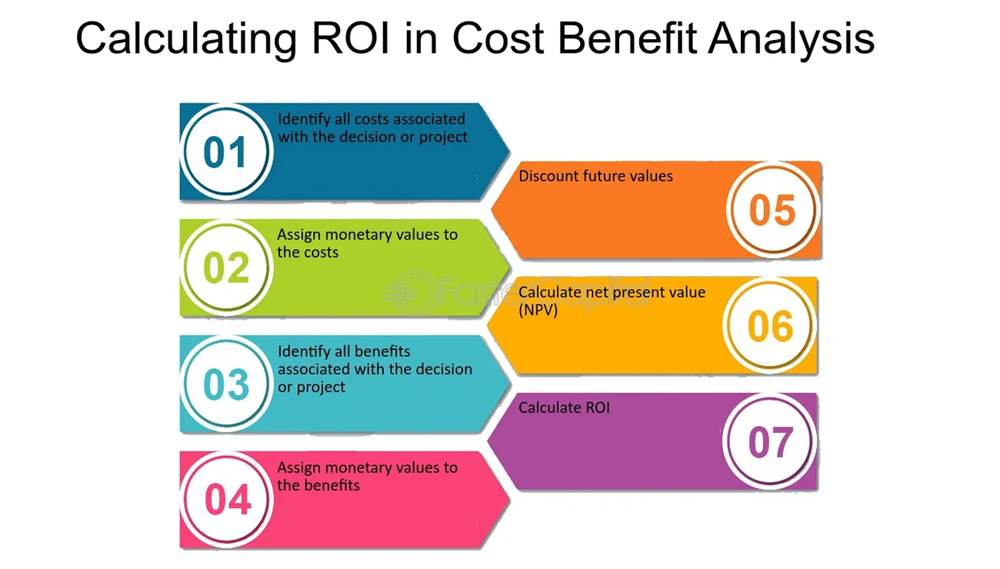
Buying heavy-duty display racks is one of the most important financial decisions retailers make. You need to analyze both immediate costs and future returns carefully. A complete financial picture helps retailers make smart choices that line up with their business goals.
Original investment vs. durability
The price of heavy-duty display racks changes based on type and materials. Metal racks cost between $500 to $2,000 per unit and last over 10 years. Wooden fixtures cost a bit more up front but only last 5-8 years. To figure out the total cost of ownership, you must look at both the purchase price and when you’ll need replacements.
Cost-benefit analysis of materials
Each material offers different benefits over time. Steel gives you exceptional durability and load capacity but costs more initially. Aluminum provides about 70% of steel’s strength while weighing just one-third as much. PETG acrylic resists damage well and costs less up front. Wood needs more maintenance, but its beautiful look can be worth the extra cost in high-end retail stores.
Value engineering for budget optimization
Smart choices help retailers maximize their budgets. You can test displays in your best-performing locations first. Modular designs let you make changes later. Semi-permanent materials might be enough instead of permanent ones. Bulk shipping instead of individual cartons can save you money.
How display racks affect sales performance
Good display racks boost your revenue directly. Research shows better display placement increases store revenue by 11.15%. Strategic placement can boost category purchases by up to 76%. Eye-catching displays near checkout areas have shown sales jumps of 80% to 478%. These numbers prove that display racks are investments, not expenses.
Conclusion
Quality display racks can boost retail success in many ways. The right racks show off merchandise well and can handle daily use while making shopping better for customers. Your best bet is to work with manufacturers who know retail environments well – they’re crucial to your success down the road.
Different rack types each play their role in your store. Wall-mounted units save floor space. Free-standing fixtures give you more options to move things around. Wire racks make products easy to see. Countertop displays help drive those quick, impulse buys. The perfect mix of these creates a store layout that naturally guides shoppers through your merchandise.
Retailers need to think about how display racks work with their store’s overall design. Smart store layouts depend on watching how customers move, putting products in the right spots, and making everything easy to reach. Shop fitting experts can help revolutionize your retail space by matching these elements to your business goals and target customers.
Good display fixtures might cost more upfront but they’re worth it – they’ll serve you well for years. Companies with years of experience offer the best value. They build durable fixtures you can customize to match your brand. These mutually beneficial alliances also help you learn the best ways to arrange products and design your layout.
The perfect heavy-duty display rack solution brings together good looks, usefulness, and reasonable costs to create an inviting store. Professional manufacturers team up with retailers to understand what makes them special. They turn ideas into real fixtures that make stores look better. This teamwork will give you display systems that work now and keep supporting your retail strategy as you grow.
Key Takeaways
Understanding the different types of heavy-duty display racks and their strategic applications can transform your retail space into a sales-driving environment that maximizes both product visibility and customer engagement.
• Choose manufacturers with 60+ years of experience and industry certifications to ensure quality fixtures that withstand daily retail demands • Strategic rack placement following customer movement patterns (90% turn right, move counterclockwise) can increase sales by up to 445% • Quality heavy-duty racks cost $500-$2,000 initially but deliver 10+ year lifespans, making them investments rather than expenses • Proper store layout with 36-inch ADA-compliant aisles and eye-level product placement maximizes accessibility and purchase likelihood • Different rack types serve specific purposes: wall-mounted for space efficiency, free-standing for flexibility, wire for visibility, countertop for impulse sales
When implemented correctly, heavy-duty display racks become powerful tools that guide customer traffic, showcase merchandise effectively, and generate measurable returns on investment. The key lies in partnering with experienced manufacturers who understand both structural requirements and retail psychology to create fixtures that enhance your brand while driving long-term business success.
FAQs
Q1. What are the main types of heavy-duty display racks available for retail stores? There are four primary types: wall-mounted racks for maximizing vertical space, free-standing merchandising racks for flexibility, retail wire display racks for visibility and airflow, and countertop/end cap racks for promotional displays and impulse purchases.
Q2. How do I choose the right heavy-duty display rack manufacturer? Look for manufacturers with extensive experience (60+ years ideally), industry certifications, and positive client feedback. Evaluate their material quality, customization options, and ability to provide design consultations and prototypes before making a decision.
Q3. What factors should I consider when planning my store layout with display racks? Consider customer movement patterns (most turn right upon entering), use racks to guide traffic flow, place high-demand items strategically at eye level, and ensure ADA compliance with minimum 36-inch aisle widths for accessibility.
Q4. How do heavy-duty display racks impact sales performance? Well-implemented display racks can significantly boost revenue. Optimized display allocation can increase store revenue by about 11.15%, while strategic placement can lift category purchases by up to 76%. Eye-catching displays at checkout areas have shown sales increases between 80% to 478%.
Q5. What is the typical cost and lifespan of heavy-duty display racks? Metal racks typically range from $500 to $2,000 per unit and can last 10+ years. While the initial investment may seem high, their durability and impact on sales make them a worthwhile long-term investment for most retail businesses.
